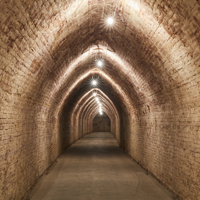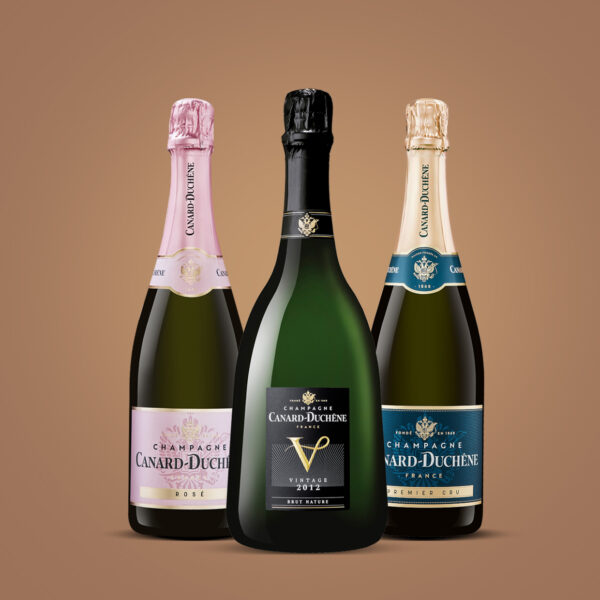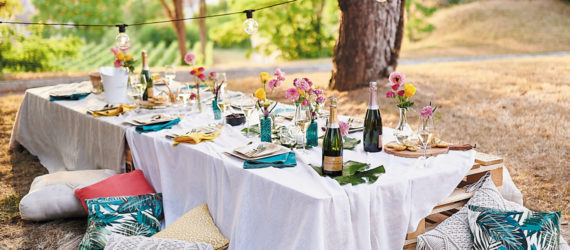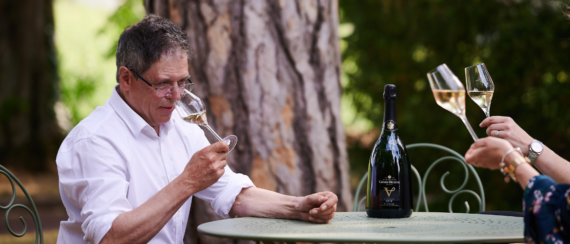The Mag
Organic champagne, committed bubbles

Certified organic vineyards are still very much in the minority in Champagne region (only 3.5% of surface area classified as organic in 2020), but the trend is there, and it bodes well for the future: especially since the House of Canard-Duchêne launched its first organic cuvée in 2009.
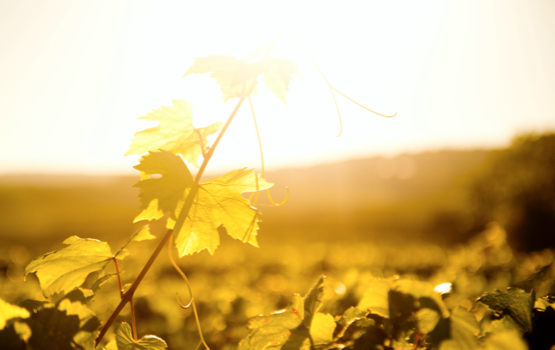
ORGANIC CHAMPAGNE,
RESPECT FOR NATURE FIRST AND FOREMOST
Obtaining the renowned organic label implies compliance with a very strict set of regulations requiring the winegrower to observe certain standards and practices. In particular, it prohibits the use of synthetic pesticides and chemical fertilisers, but also advocates other natural practices and methods. The aim is to respect living organisms by using elements such as sulphur, clay and copper.
A THREE-YEAR WAIT
TO BECOME ORGANIC
It takes three years before the transition to organic viticulture is effective. This transition is all the more commendable as the Champagne region is exposed to an oceanic climate with continental influences, resulting in a high level of humidity: the grapes are threatened by fungal rot. In organic viticulture, yields fall in a difficult year. They can be 20% lower than in conventional viticulture. Hence the higher price, although this is not the only reason.
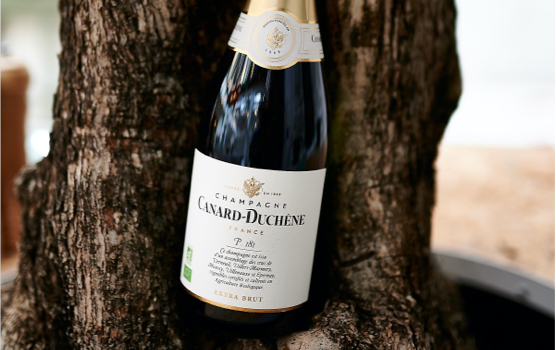
P181,
ORGANIC CHAMPAGNE OF CANARD-DUCHÊNE
In 2009, Cellar Master Laurent Fédou launched the first organic cuvée of Canard-Duchêne. That was 12 years ago and it was a real gamble, as the organic concept was still not very well established in people’s minds. This cuvée, now called P181, is the fruit of 9 hectares of our own organically cultivated and Ecocert-certified vineyards. It takes its name from the 7-hectare plot registered as ZE 181 in the commune of Verneuil, with slopes facing due south.
A blend of the three grape varieties of the Champagne region (Pinot Noir, Pinot Blanc, Chardonnay), this cuvée combines complexity and power. With an extra brut dosage, therefore very low in sugar, it is as close as possible to the original product, with an aromatic potential that is increased tenfold by the first fermentation of the Chardonnay in oak casks. “P181 is a champagne that is subtle, airy and expressive of the terroir,” says Laurent Fédou, Cellar Master of the House. This cuvée is perfect with seafood, such as a fillet of John Dory or sea bream tartare.



